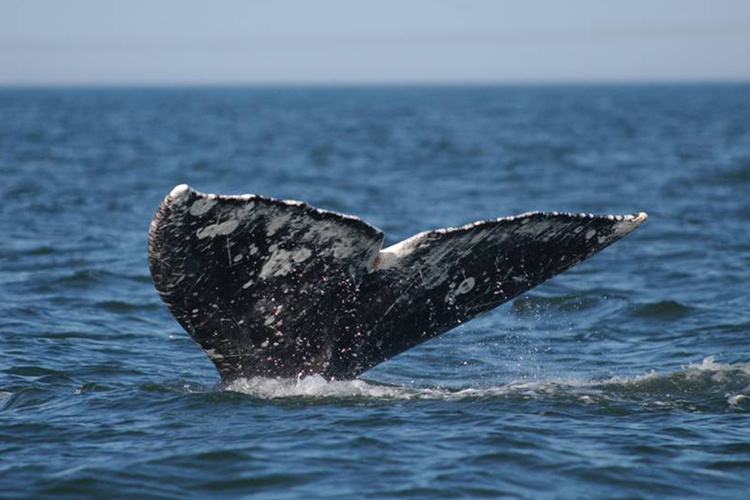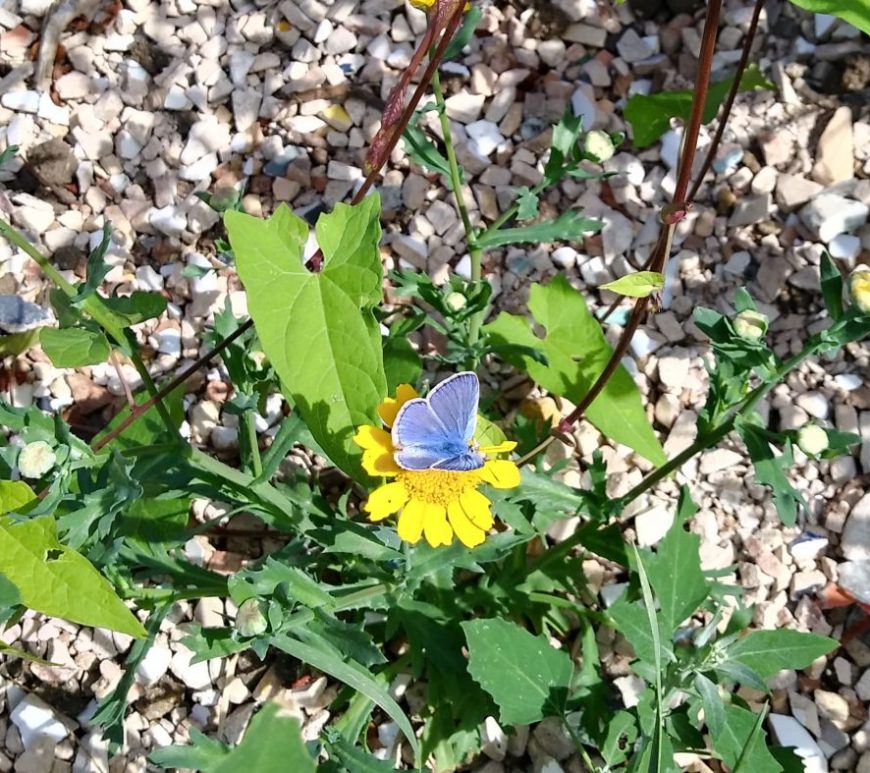
Researcher’s Stories Series Uploads
Over the past 6 weeks we’ve heard a variety of talks from researchers working in butterfly conservation. Our Researcher’s Stories series ran every Wednesday starting from May 4th and wrapping up last week on the 8th June. The series aimed to showcase the research at the forefront of conservation, as well as giving our audience the opportunity to ask researchers their own questions. In case … Continue reading Researcher’s Stories Series Uploads













